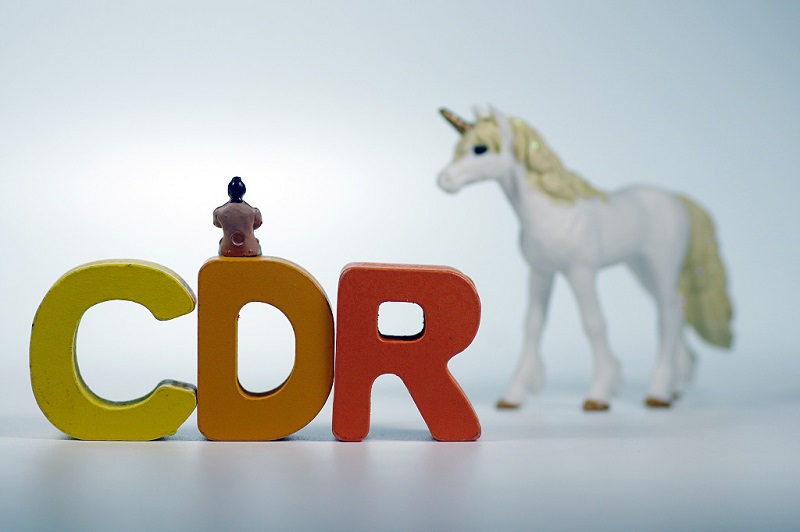It is not entirely uncommon for judicial bodies to use appraisal firms to help make forensic valuations, but it is a challenge to find a reputable one for such an assignment and for various reasons. The capacity of appraisers is uneven, and the ability of the courts to select relevant valuation points is limited.

Illustration: VCG
To solve this asymmetric issue, a regulatory joint-document was recently issued by the Supreme People's Court of China. With the help of five national self-regulatory organizations (SRO), the document is a follow-up to the provisions covering the people’s court to help determine reference prices for asset disposal.
The entities came up with the idea of creating forensic valuation pools for appraisal firms from different disciplines by different SROs so that relevant parties could pick one efficiently whenever a forensic appraisal assignment is given, entrusting the power of “pools-setting” to the professional SROs.
While some view it as a success for the market that all five of the big SROs in the appraisal industry, namely, China Appraisal Society (CAS), China Institute of Real Estate Appraisers and Agents (CIREA), China Real Estate Valuers and Agents Association (CREVA), Gem & Jewelry Trade Association of China (GAC), and Chinese Association of Mineral Resources Appraisers (CAMRA), have their share of the forensic valuation market.
Some see it as a victory for national judicial authorities that they could engage the top appraisal firms for forensic valuation with this new arrangement. However, the joint issuance with regard to the selection process of an appraisal firm’s normative document by China’s judicial bodies and SROs is significant to the valuation profession and represents a step forward in standardizing valuation practices in China.
The idea of creating a pool of appraisal firms is not new for the Supreme People's Court, as it has received similar provisions or requirements in place of the normal forensic service engagements.
What differentiates the appraisal firm’s normative document from that of the others is how it entrusts each SRO to create a separate pool for different types of assets including land, real estate, mineral resources, gems and jewelry, indicating that the SROs are growing stronger, gaining more trust and delegated powers from the government. The SROs have a bigger role in determining which appraisal firm can enter the “pool” as a result of China’s institutional reforms and creating more opportunities for the SROs to work together with more coordinated and focused efforts.
More importantly, national appraisal societies (NAS) – CAS, CIREA, CREVA, and CAMRA are among the SROs, and now include GAC, which covers the gem and jewelry industry, which shows China’s approach toward appraisal.
Appraisal is the process of completing an assignment in two steps. First, identify what it is, and second, evaluate its value. This is particularly true with gems and jewelry valuation as technical experts and engineers are required to be involved in identifying appraised items like ancient calligraphy, paintings or precious stones.
Furthermore, the participation of GAC, a non-NAS, in issuing the HTSAAFND, marks a new model of cooperation between NAS and non-NAS entities, meaning, more national SROs, NAS and non-NAS groups will be established to comply with new forensic valuation demands and pave the way for further development.
NAS entities are encouraged to establish mechanisms of communication, cooperation, and information sharing, and develop a common code of conduct to promote the healthy growth of the appraisal industry.
Owing to historical reasons, NAS entities have rarely worked together at a high level. They normally have their areas of expertise and sphere of influence within their asset discipline types. For example, CAS members are skilled at business valuation, while CIREA affiliates are better at making real estate appraisals.
Apart from stipulating details in the “pool” system, the joint-document manifests combined efforts by professional SROs to improve capacity and reshape the segmented landscape of the valuation profession. It also marks a new beginning for a communication network and further cooperation among professional SROs.
The document also generates synergistic effects, contributes to the growth of forensic valuation, and helps build the overall eminence of the appraisal profession, thus serving China's rapid economic growth by deepening cooperation, establishing innovative services, and enhancing comprehensive coverage of the market needs.
As China’s government institutional reforms will soon achieve their goals at different levels, it could be anticipated that the NAS and other professional SROs will have more cooperation among themselves soon, making China’s valuation profession one of the key contributing factors in its social and economic development at home and abroad.
With over 10,000 firms consisting of 100,000 professional appraisers and 300,000 professionals employed, it will definitely grow in a more synergized and harmonized fashion.


